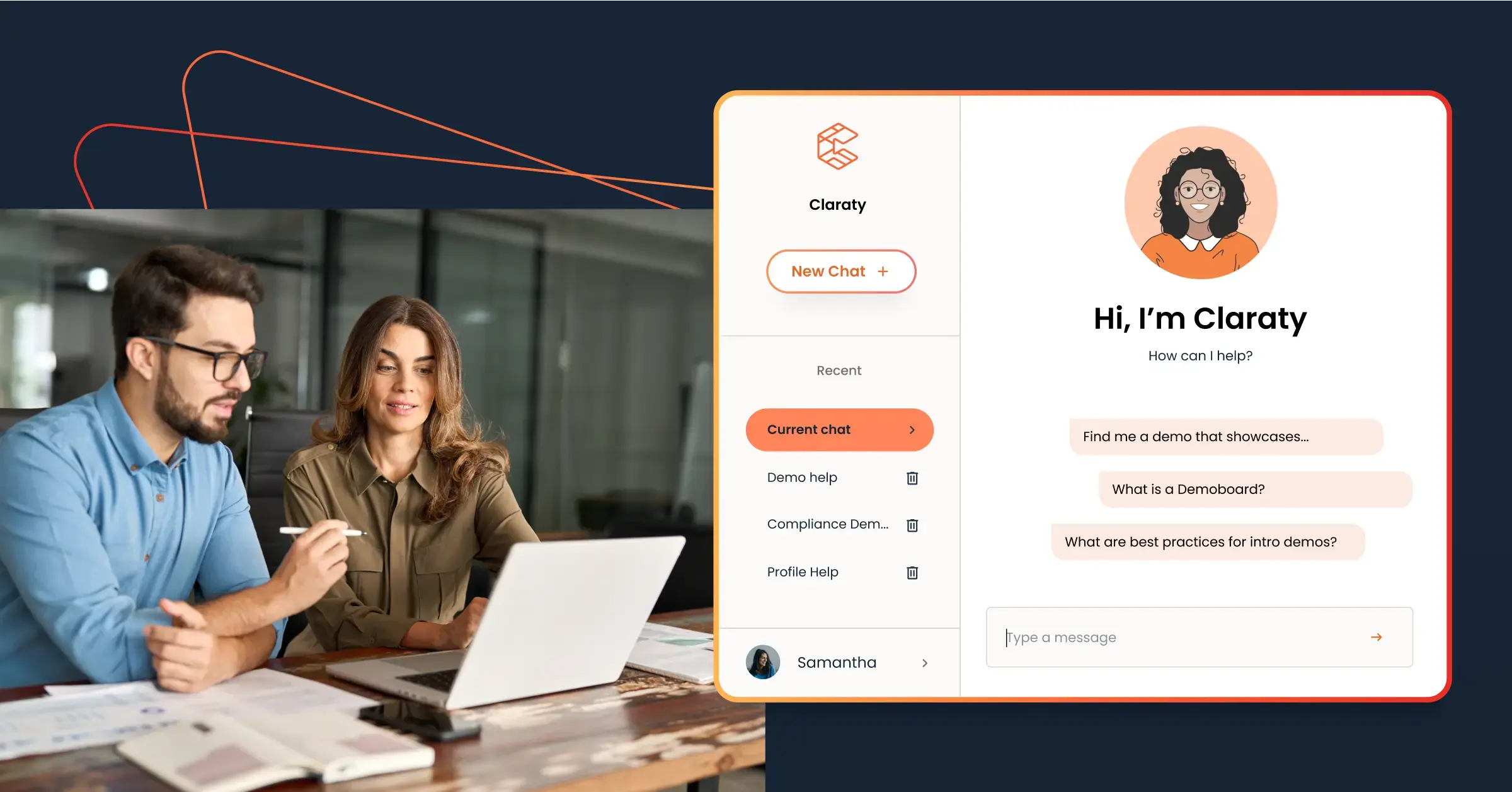Why do some demos close the sale? And others only get a couple of minutes of play time before the buyer tunes out? Clearly, not all demos are created equal. If you’re building your next demo, read on to get crowdsourced ideas about how to create demos that convert.
Understand, Experiment, Test
The saying “practice makes perfect” applies to many aspects of business, including the creation and presentation of interactive and effective service and product demos. To make sure that your demo resonates with your intended audience, you must be willing to understand them, get creative, and experiment from time to time.
However, these efforts won’t always get the intended result, and that’s why you need to test these demos first. Doing so will give you the necessary feedback that will help you improve and get through to your audience.
Product and service demos will be influenced by different trends as the years go by, and for you to [stay current], you need to practice by understanding, experimenting, and testing. A combination of these three qualities will help you create a truly interactive and effective demo.
Put Yourself in Your Customers’ Shoes
The most important recommendation for a successful interactive product or service demo is to put yourself in your consumers’ shoes throughout the process. A product demonstration is frequently misunderstood as merely a test to see if the thing works. Even if your demo demonstrates that the product works in a technical sense, that doesn’t mean it will be effective for your customers.
Utilize the information you already have. Your database is overflowing with information from the client’s survey forms, reviews, and annual reports, among other sources. You might even have a few profiles saved that contain specific information about the person for whom you’re demonstrating.
Demonstrate with a relatable anecdote. Many demonstrators begin by listing the product’s features. Put yourself in the shoes of someone who doesn’t know much about what’s being provided to them—do you picture yourself enjoying the process of identifying features?
Five Steps to Stand Out
An [effective] interactive demo explains key features and components of a product, boosts brand awareness, and [answers] the customers’ queries in detail. Follow these 5 steps to make a demo that will make your product or service stand out.
- Know your audience, identify their pain points and commonly faced challenges
- Directly go into the solution to your clients’ problems that your product or service offers
- Keep your demo simple, short, and relevant
- Make your demo easy to understand by including visual graphics and animations
- Create a conversation with your prospect and make the next steps very easy
Keep it Short and Relevant
- To build efficient and interactive product demos, follow the guidelines below.
- Make sure the demo lasts only for 20 minutes. Consuming too much time annoys the users, and they might quit abruptly.
- [Connect with] the audience by using simple and natural language.
- Identify the challenges that the audience faces and focus on the unique functionalities of your product [that address those challenges].
- Convey relevant examples.
- Fix any bugs during the demo procedure. Never ignore them because it impacts the audience.
- End the demo meaningfully, and then go for the sales call. Monitor and track the sales call and use the results to improve your service demo.
Make Visuals Simple but Compelling
Interactive product or service demos are a great way to show the user how the product or service works. This can be done through video, text, images, and interactive graphics. Some tips for making an effective interactive demo are:
- Use a combination of visuals and text to create a compelling experience that is easy to understand.
- Create an interactive demo that is not too long and where the user can easily get back to where they left off.
- Keep the design simple and avoid using too many different fonts or colors.
Focus on Pain Points, Open with a Bang
Here are the features of an effective and interactive product or service demo:
- Concentrate on the impact your software will have on your prospects’ businesses, not on the features/functionality of your service. Identify client pain issues; ensure that you demonstrate how your solution alleviates them. Recognize their requirements and goals – your product can potentially accomplish a [number] of things for them, but focus on the primary 1-3 factors that will truly influence their choice. To maintain prospects’ interest, you must shift the focus away from what your product/service does and toward what it can do for them.
- Open with a bang: Never save your greatest material for the conclusion of the demo—instead, begin with something that will make the prospect say, “Whoa!”
- Prior to the presentation, review and double-check everything you’re going to display. During the real client demo, there must be no complications.
- When demonstrating functionality, always start with the larger picture. They should never be confused about the aim of whatever they are watching you demonstrate.
- Contrast a product demo with training. The objective is not to demonstrate how to utilize the product, but to demonstrate what it can accomplish for them.
- Always conclude the demo with a closing. If they aren’t ready to [close the deal], inquire about what might need to unfold to convince them to invest.
Keep it Interesting and Clear
There are a few key things to keep in mind when creating an effective interactive product or service demo. First, make sure that your demo is engaging and interesting. You want to capture your audience’s attention and keep them engaged throughout the entire presentation. Second, make sure that your demo is clear and easy to understand. You don’t want your audience to be confused by what they are seeing or unsure of how to use the product or service.
Split Your Demo Into Segments
You can provide detailed information about each product feature and have viewers practice with you. If you make a single, lengthy, interactive video without breaks, viewers won’t sit through the whole thing. By piecemealing your demo, viewers can easily find explanations and walk away from the demo satisfied with their experience.
This is a crowdsourced article. Contributors are not necessarily affiliated with this website and their statements do not necessarily reflect the opinion of this website, other people, businesses, or other contributors.













